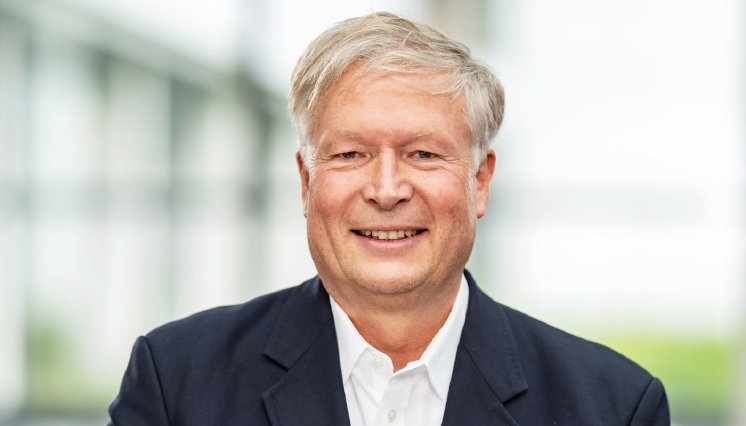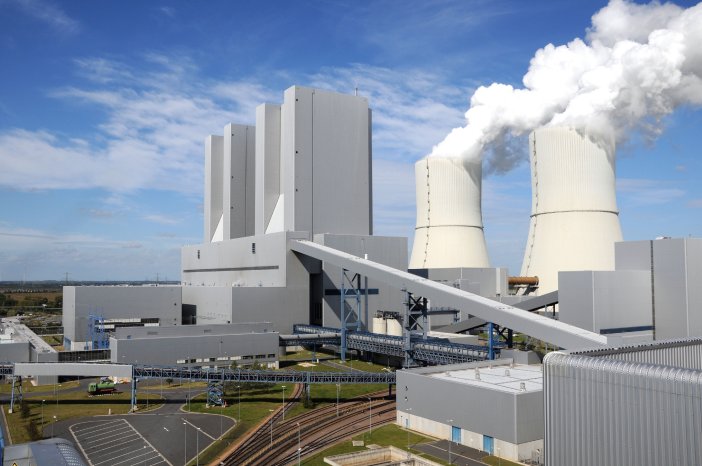Lausitz Energie Kraftwerke AG (LEAG), a subsidiary of EP Energy Transition, already holds a 50 percent stake in Lippendorf power plant. EnBW has equally held 50 percent of the shares until now.
“With this sale, we are continuing to decarbonize our generation portfolio and reducing carbon emissions by up to two and a half million metric tons per year,” said Peter Heydecker, EnBW Board Member for Sustainable Generation Infrastructure. “As of today, this will increase the share of our overall generation capacity covered by renewable energy to around 64 percent,” continued Heydecker, before going on to say that since EP Energy Transition and its subsidiary LEAG are already fully involved in the site, the company is the ideal partner for the acquisition.
Lippendorf power plant has been in operation since 1999 and has two power plant blocks (R and S), each with a net electrical output of 875 megawatts (MWel). It achieves a plant load factor of around 46 percent, making it one of the most efficient brown coal power plants in Europe. Block R is owned by LEAG, which operates both power plant blocks with its on-site staff, while Block S is owned by EnBW. Each company holds a 50 percent stake in the facilities. With the sale of its only brown coal power plant, EnBW will no longer use brown coal upon expiry of 31 December 2025, cutting the company’s coal-based power generation capacity to 2,260 MWel. By the end of 2025, EnBW will have reduced its coal-fired generation capacity by around 40 percent within the space of two years.
H2-ready gas power plants guarantee security of supply
EnBW has set itself an ambitious target of phasing out coal by 2028, provided that the progress of the energy transition allows this and security of supply is not compromised.
In April, the first of currently three so-called fuel switches took place at the Stuttgart-Münster power plant site, with new, highly efficient gas turbine power plants replacing the existing coal-fired plants. Natural gas serves as a bridging technology on the path to achieving climate neutrality. Fuel switch power plants are also being built at the Heilbronn and Altbach/Deizisau sites. The new facilities are all “H₂-ready.” Once commissioned, the hard coal blocks at the sites will be taken out of service. In the 2030s, another fuel switch is set to initially use “blue” and eventually “green” hydrogen (H₂) for the climate-friendly generation of electricity and district heating.
The new hydrogen-ready gas power plants are highly flexible and can quickly compensate for grid congestion. In an energy system that is increasingly reliant on volatile renewable energy sources, available power – that is to say, flexible, controllable power – is indispensable for guaranteeing security of supply at all times.




